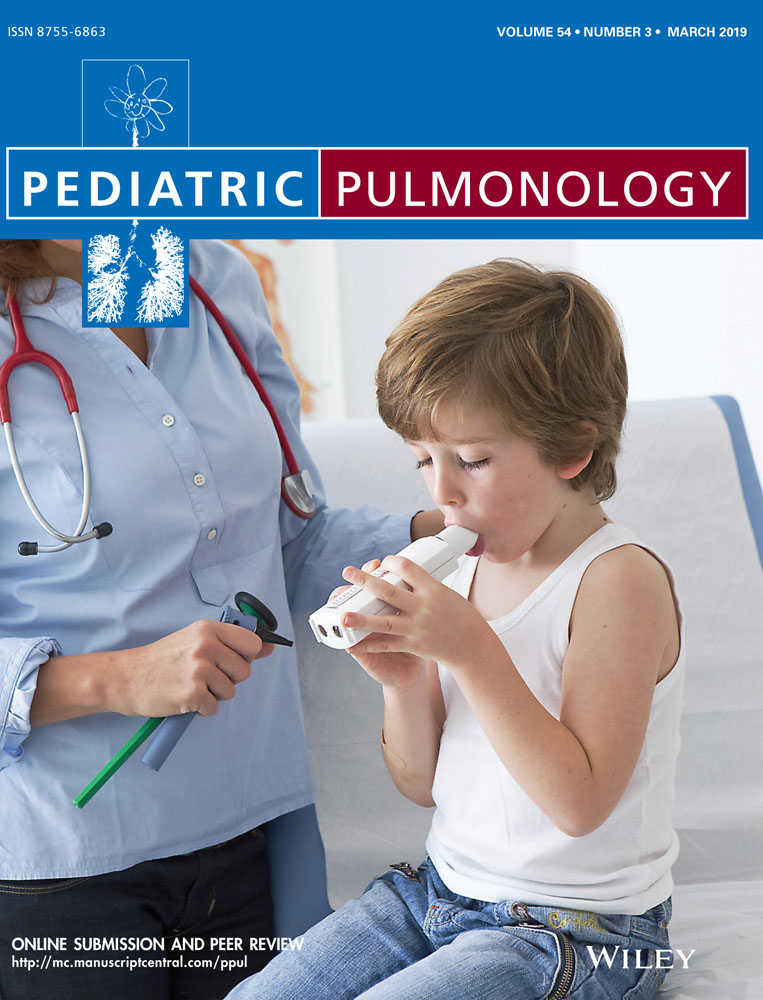Exhaled breath temperature as a tool for monitoring asthma control after an attack in children
Abstract
Background
Exhaled breath temperature (EBT) has been suggested as a non-invasive marker of airway inflammation in asthma. There have been no studies examining longitudinal changes in EBT following asthma attacks.
Objective
To investigate changes in EBT during and after an asthma attack and to relate these changes to changes in respiratory physiological measurements.
Methods
We evaluated 38 hospitalized children aged 5-18 years diagnosed with an asthma attack. Spirometry was performed upon hospitalization. During hospitalization, EBT, peak expiratory flow rate (PEFR), and asthma score were measured daily. These tests were repeated 1 week and 1 month after discharge. The overall PEFR change, temporal changes in plateau values at the end of expiration, and time-dynamic associations were evaluated using linear mixed models.
Results
FEV1 was lower at admission than at discharge (63.3 ± 24 vs 99.5 ± 14 percent of predicted, P < 0.001). The EBT was higher at admission than at 1 week after discharge (34.1°C [range: 33.9-34.8°C] vs 33.6°C [range: 33.0-34.2°C], P = 0.007); overall, EBTs decreased over time (P = 0.007). Among individual subjects, decreased EBT was correlated with increased PEFR over time. Furthermore, plateau values at the end of expiration had a time-dependent, dynamic association with the PEFR during hospitalization (P = 0.005) and between asthma attack onset and asthma status stabilization (P = 0.032).
Conclusions
The EBT was elevated during asthma attacks and gradually decreased until asthma was well controlled. The EBT may be a useful, non-invasive tool for monitoring asthma control in children.
CONFLICTS OF INTEREST
The authors have no conflicts of interest to declare.




